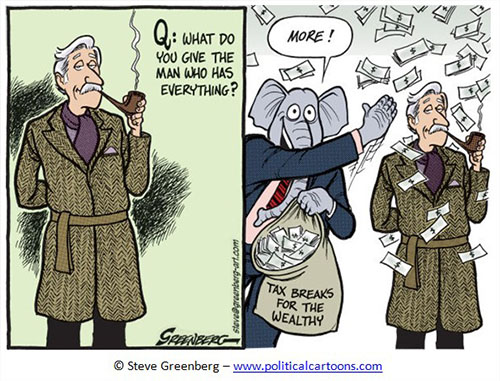If you’re trying to figure out where exactly the Great Recession (or “Downturn”) of 2008 did the most damage in the United States, one way to explore that would be to look at rising inequality rates. After all, in downturns the rich are typically not as affected as the middle class and the poor (a generalization, but definitely true in many places). Thankfully, there’s a post at CityLab delving into this.
This post uses the Gini Coefficient, a statistical dispersion measure that’s commonly used to track and understand income inequality. It looks at the 50 U.S. states and corresponding large metros at two points in time — 2006, about two years before the Downturn, and 2012, about three years after the beginnings of the recovery. CityLab — and more specifically, the same author (Richard Florida) — wrote another post looking at this from more of a state-by-state level too.
Here’s a map that shows changes in income inequality from 2006 t0 2012, mapped out by metro:
Overall, 226 U.S. metro areas saw an increase in income inequality during the ’06-’12 period. That’s about 60-65 percent of the United States, give or take. Makes sense, because if you look at 1979 to 2012, there’s only four states where income inequality rose less than 10 percent. In sum? Inequality is getting worse before it’s getting better. But where is it hitting the most?
Via this map above, some of the bigger cities that saw rising inequality were:
- New Orleans
- Jacksonville
- Salt Lake City
- Atlanta
This is all (mostly) logical, as Jacksonville — while technically Florida — has more of a ‘Southeast’ vibe sometimes, and the Southeast (i.e. New Orleans and Atlanta as well) hasn’t been great on these types of studies; economic mobility, as a concept, is typically low in that region of the country. (The debt accumulations are higher too.)
The largest absolute increases in income inequality came in places such as:
- Columbia, Missouri
- Wausau, Wisconsin
- Ithaca, New York
- Dalton, Georgia
- Corvallis, Oregon
If you do this just by percentage increase, Wausau (WI) saw its Gini Index grow by 18 percent. Check out this map for that context:
Here’s the bad news with all of this: just on the face value of what you tend to evaluate about an area (the average rent, the cost of groceries, the need for a car, etc.), you already know inequality seems to be rising in affluent coastal metros (NYC, Boston, San Francisco, Los Angeles, et al). I just heard a story last weekend that one of my friends tried to rent an apartment on 44th and Ditmars in NYC — that’s end of one train line + a 13-block walk, give or take — and it was going for $2,400 for a 1BR. That’s absolutely stupidly absurd, and that apartment probably shouldn’t cost more than $1,500 max. But the markets can be crazy in those cities.
The bad news, though? Inequality is still rising in other places — and in real, absolute terms, it might be rising even faster.
Now look at that second map again; notice Texas, which is a huge state, has no dark blue areas in terms of massive percentage growth in inequality. Maybe that’s part of why I moved here, eh?


